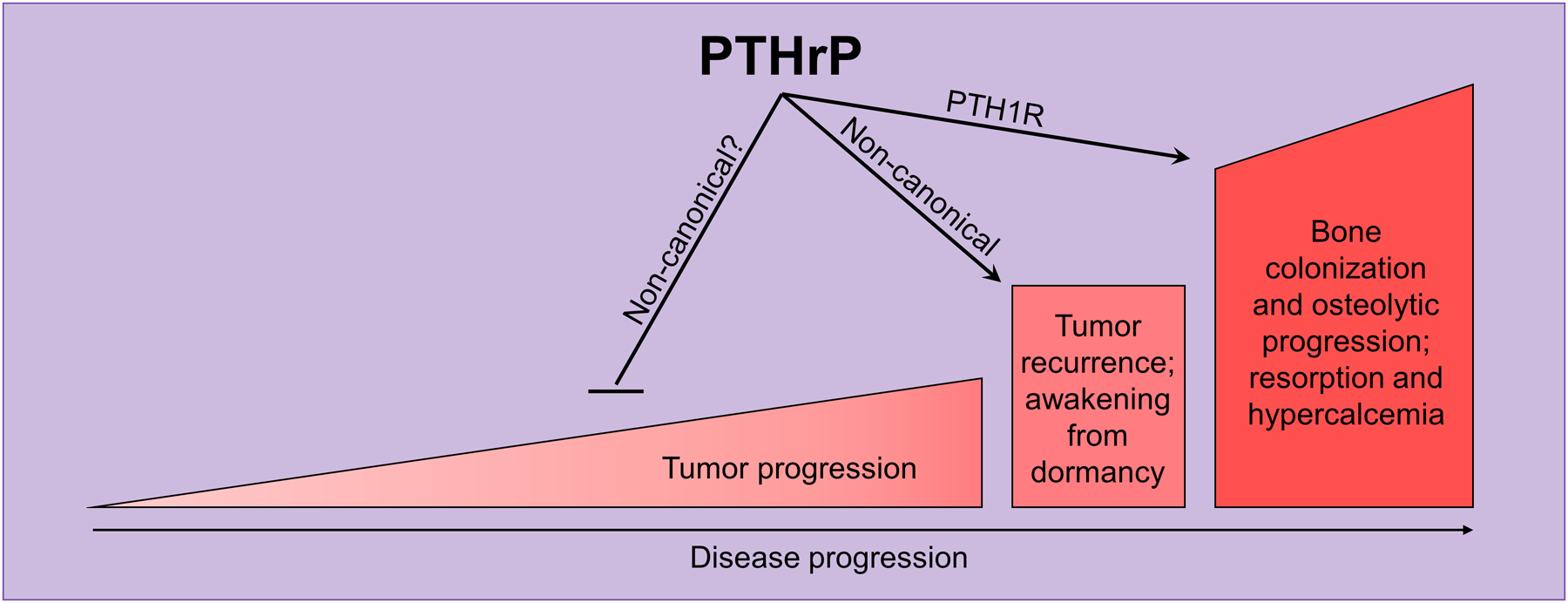Figure 6. PTHrP has different actions at different stages of disease progression.

Early in tumour progression, the clinical data suggest that PTHrP inhibits tumour progression since breast cancer patients with PTHrP staining in the primary tumour have better overall survival and reduced risk of developing bone metastases [108]. Once tumour cells have disseminated to the bone marrow, increased PTHrP reduces pro-dormancy genes and drives tumour cells out of a quiescent state [108]. At this stage, high intratumoural PTHrP levels promote osteoclast activation and increased resorption, as well as increased hypercalcemia [108].
